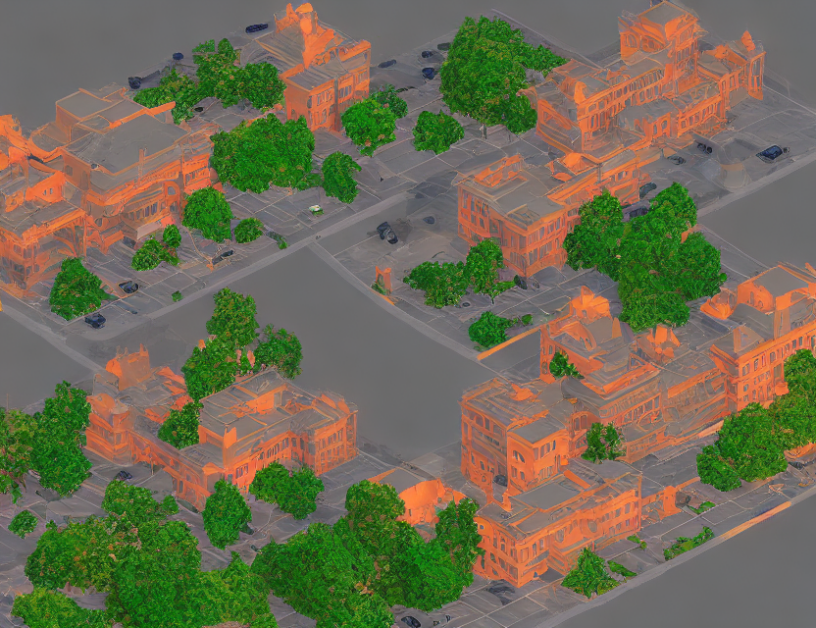In this article, Xu et al. propose an attention fusion network (AFN) for multi-spectral semantic segmentation. The AFN combines information from various sensors and modalities, such as visible and thermal images, to improve the accuracy of semantic segmentation. This is particularly useful in applications where different sensors are available or necessary, such as autonomous driving or surveillance systems.
AFN Architecture
The AFN architecture consists of three main components: (1) multispectral feature extraction, (2) attention fusion, and (3) semantic segmentation. The multispectral feature extraction module extracts features from different sensors and modalities, such as visible and thermal images, using convolutional neural networks (CNNs). The attention fusion module then combines these features using an attention mechanism to weight their importance. Finally, the semantic segmentation module uses a CNN to predict the class labels of each pixel in the image.
Attention Mechanism
The attention mechanism used in AFN is designed to selectively focus on the most relevant features from different sensors and modalities. This is achieved by computing attention scores for each feature using a dot product between the feature vector and a learnable attention weight matrix. The attention scores are then used to compute a weighted sum of the features, which forms the final input to the semantic segmentation module.
Benefits
The AFN proposed in this article offers several benefits over traditional multispectral segmentation methods. Firstly, it can handle complex scenes with multiple sensors and modalities, allowing for more accurate segmentation. Secondly, it reduces the computational cost of feature extraction by selectively focusing on relevant features using attention. Finally, it improves the interpretability of the segmentation results by providing attention maps that highlight the most important features used in the prediction.
Conclusion
In summary, this article proposes an attention fusion network for multi-spectral semantic segmentation, which combines information from various sensors and modalities to improve accuracy. The AFN architecture consists of multispectral feature extraction, attention fusion, and semantic segmentation modules, with the attention mechanism selectingively focusing on relevant features. This allows for more accurate segmentation, reduced computational cost, and improved interpretability of the results.



